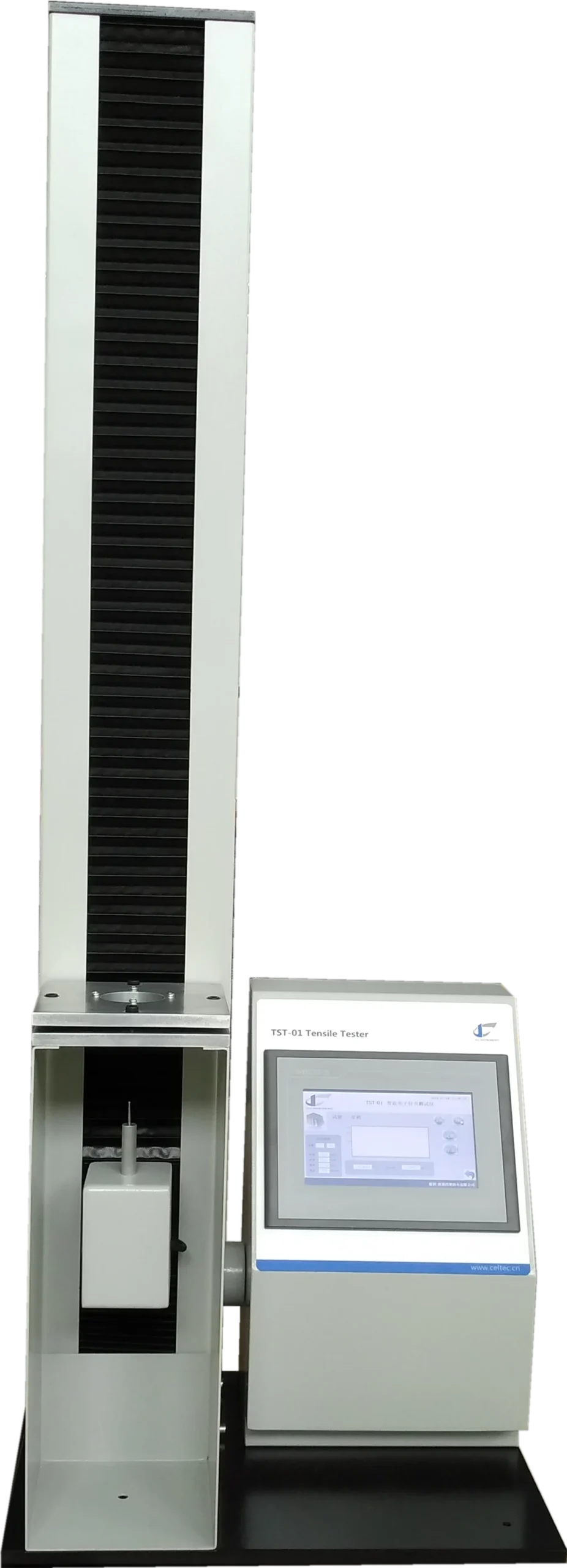ASTM D5748
Protrusion Puncture Test
Puncture Resistance of Stretch Wrap Film
ASTM D5748 is a crucial standard for measuring the puncture resistance of plastic films, particularly in applications involving stretch wrap and protective packaging. By following this test method, manufacturers and quality control professionals can ensure that plastic films meet performance standards and withstand real-world challenges.
What is ASTM D5748?
ASTM D5748, titled “Standard Test Method for Protrusion Puncture Resistance of Stretch Wrap Film,” outlines a procedure to determine how well a plastic film resists puncturing. This standard is particularly significant for industries using stretch wrap films in packaging, food, medical, pharmaceutical, adhesives, beverages, daily chemicals, textiles, plastics, electronics, and more.
Protrusion Puncture and Puncture Resistance of Plastic Films

Puncture resistance reflects the energy-absorbing ability of plastic films when faced with sharp objects or protrusions. In many industrial applications, plastic films must protect contents during handling and storage. ASTM D5748 ensures films provide reliable puncture protection, which is critical for maintaining product integrity.
For instance, during transportation or warehousing, films may face biaxial stresses similar to those recreated in this test. Although exact field conditions may vary, it provides a consistent and comparable framework for evaluating puncture resistance.
Equipment and Setup
To perform the ASTM D5748 test, specialized equipment is required. Puncturetest.com’s Protrusion Puncture Tester is highly recommended for its precision, reliability, and compliance with ASTM D5748 requirements. This tester ensures accurate measurement of puncture energy and penetration distance.
Key Steps for Setup and Testing:
- Install the probe apparatus and center it over the specimen clamping fixture.
- Calibrate the equipment according to the manufacturer’s instructions to ensure accurate results.
- Prepare at least five specimens for each sample, ensuring uniform thickness by measuring the caliper at the specimen’s center.
Detailed Test Procedure in ASTM D5748
The ASTM D5748 test follows a series of precise steps:
- Calibrate Equipment: Follow the equipment’s manual to ensure accurate load range settings.
- Prepare Specimens: Use a template and cutter to prepare at least five samples, recording thickness measurements.
- Clamp and Align: Position the specimen in the holder, adjusting the probe to be as close as possible without touching.
- Test Execution:
- Set the crosshead speed of the universal tester to 10 in./min (250 mm/min).
- Begin testing, ensuring the probe passes completely through the film.
- Discard tests with holes forming outside the probe’s impact point.
- Data Recording: Capture peak force, maximum force, energy to break, and probe penetration distance using integrated software or chart recorders.
- Repeat for All Specimens: Ensure repeatability and consistency by testing all samples in the same manner.

